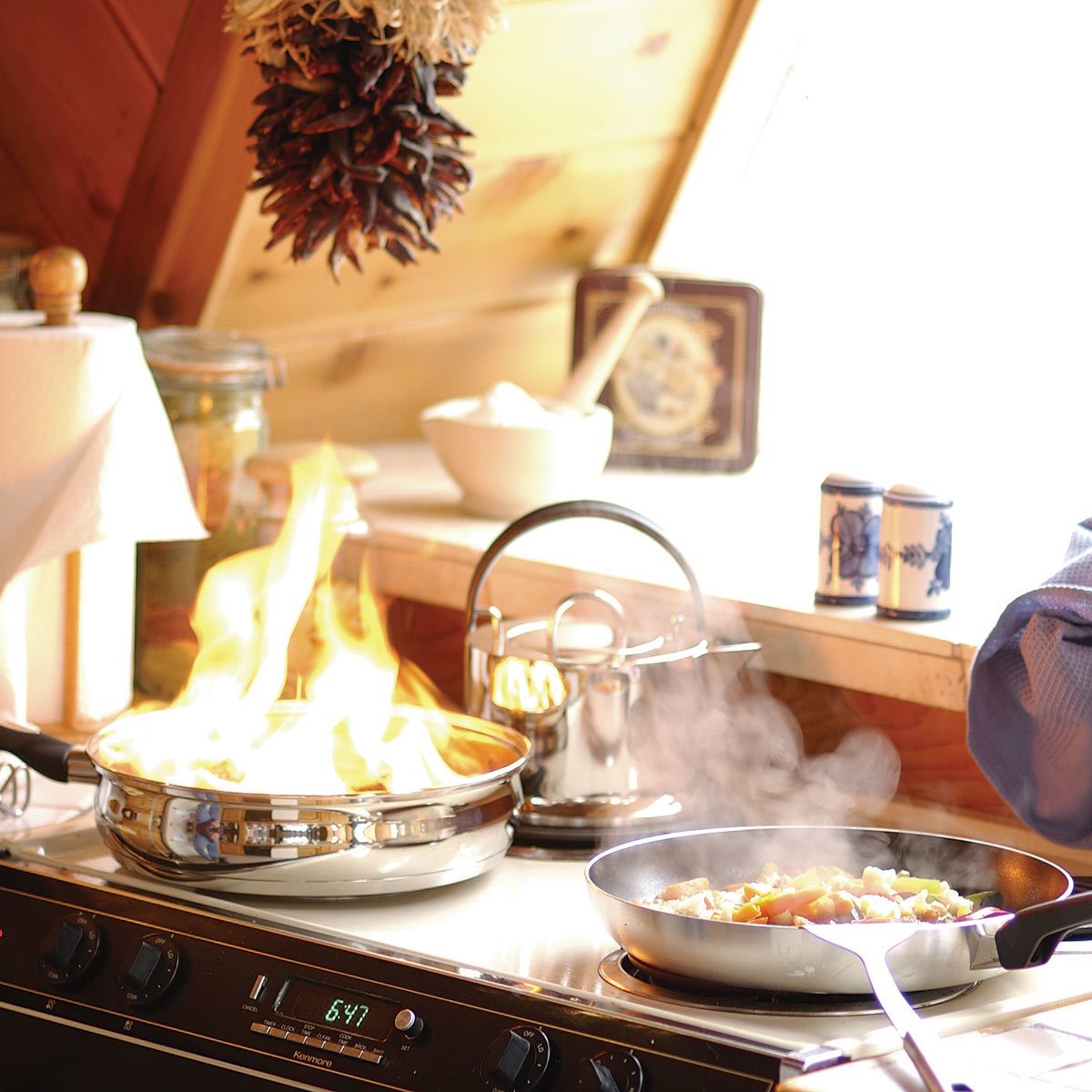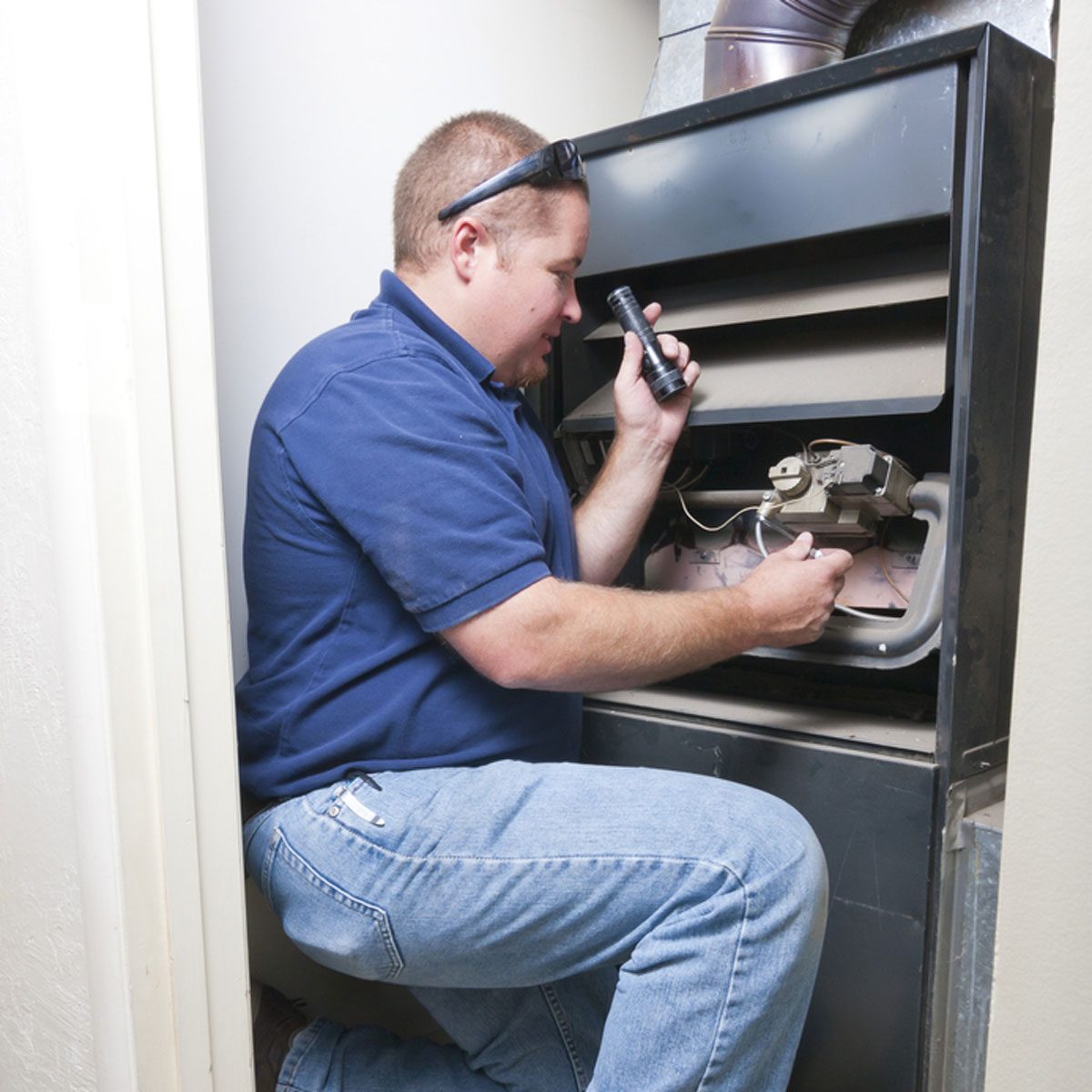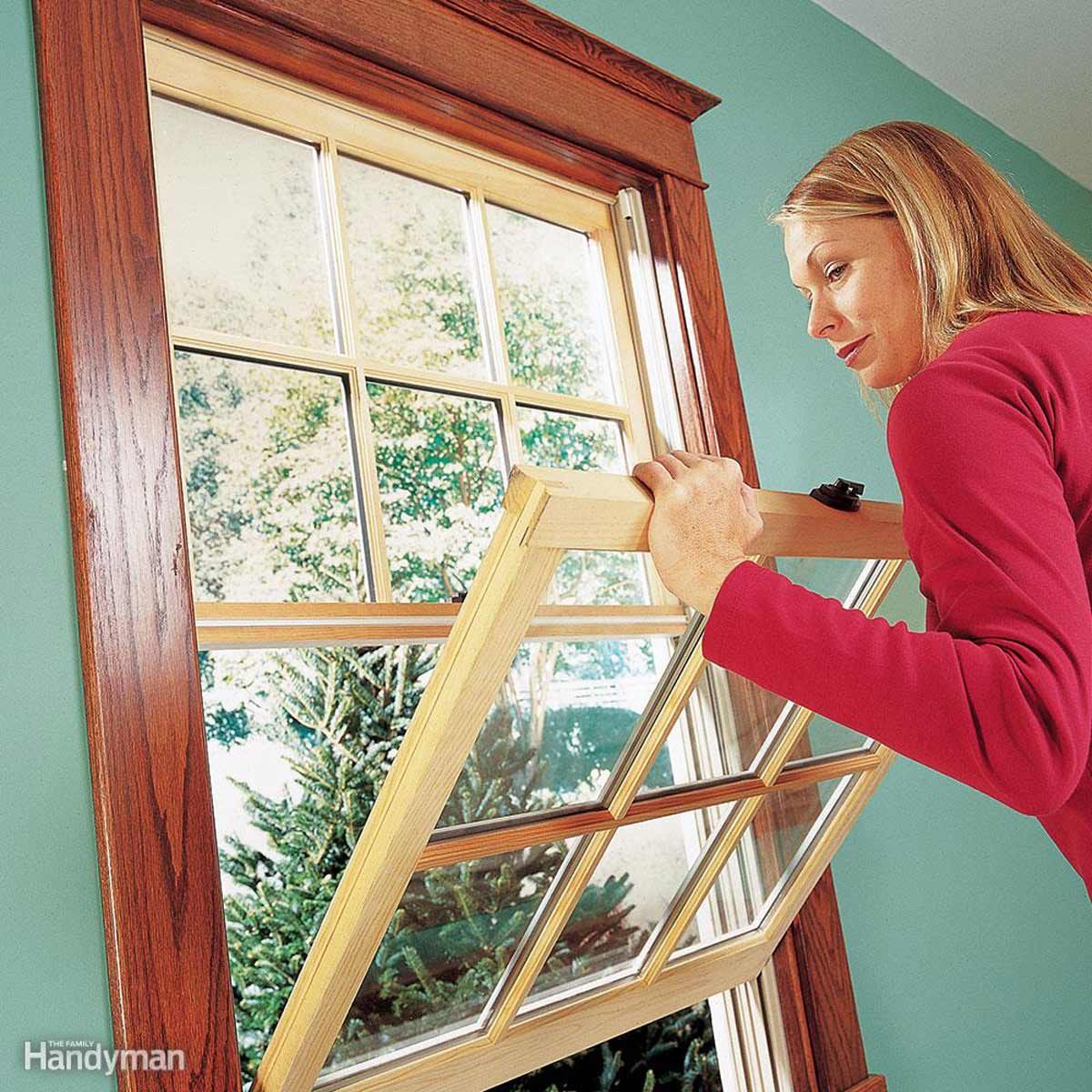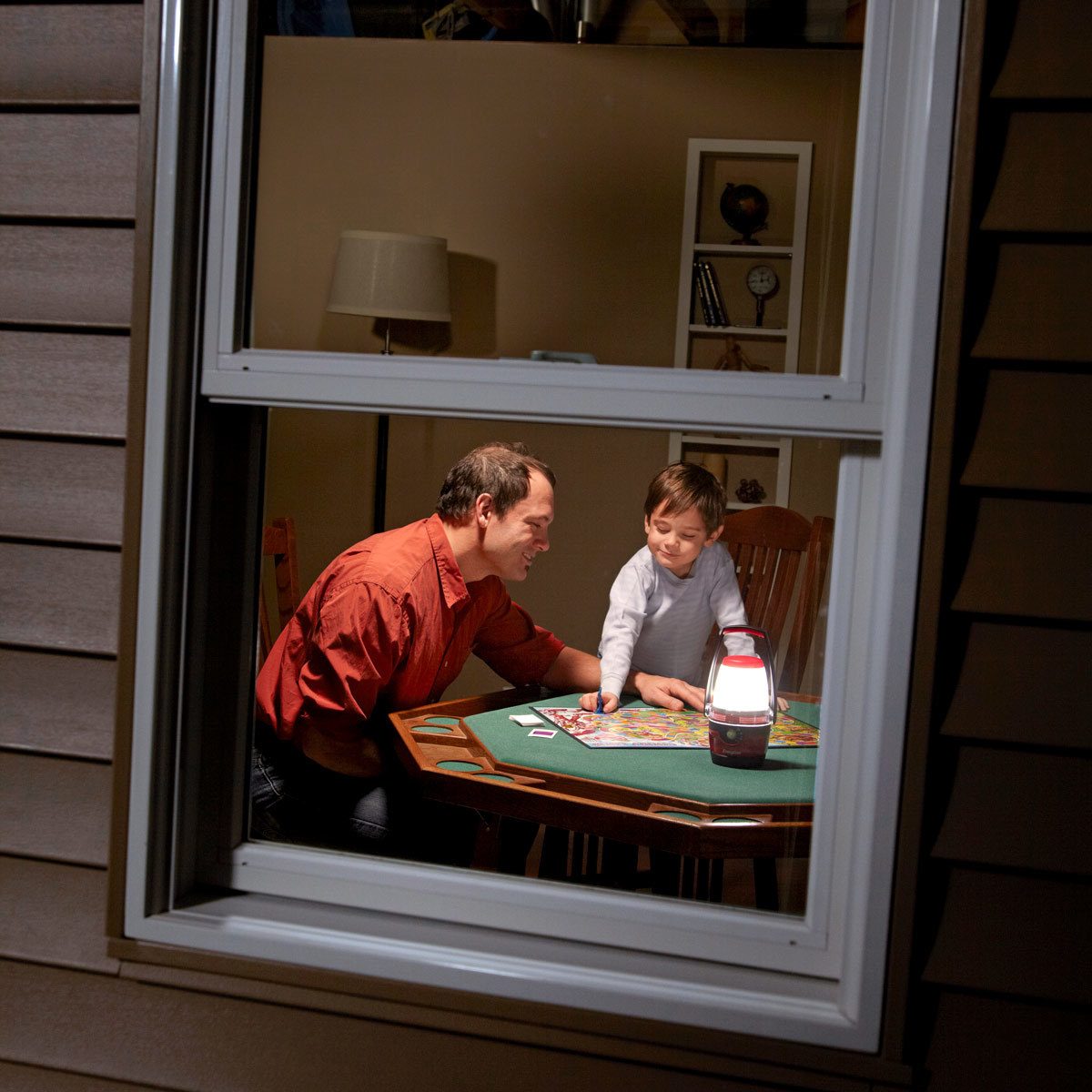Total existing-home sales, released by the National Association of Realtors, increased 1.9% from October to a seasonally adjusted rate of 5.32 million in November. Despite the monthly rise, sales decreased 7.0% from a year ago in November, the biggest drop since May 2011, indicating the housing market continued to sputter due to the rising mortgage rate and tight inventory. Total existing-home sales include single-family homes, townhomes, condominiums and co-ops.
Meanwhile, the first-time buyer share slightly rose to 33% from 31% last month and 29% a year ago. The November inventory decreased to 1.74 million units from 1.85 million units in October, but was up from 1.67 million units compared to a year ago. At the current sales rate, the November unsold inventory represents a 3.9-month supply, down from a 4.3-month supply last month and up from a 3.5-month supply a year ago.

Homes stayed on the market for 42 days in November, up from 36 days in October and 40 days a year ago. In November, 43% of homes sold were on the market for less than a month.
The November all-cash sales share was 21%, down from 22% a year ago.
The November median sales price of $257,700 was up 4.2% from a year ago, representing the 81th consecutive month of year-over-year increases. The November median condominium/co-op price of $236,400 was down 1.3% from a year ago.
Regionally, while existing-home sales grew 5.5% in the Midwest, 7.2% in the Northeast, 2.3% in the South, sales in the West fell 6.3% in November compared to the previous month. Sales in the West recorded its second lowest reading since December 2010. Year-over-year, sales declined in all four regions, ranging from 2.6% in the Northeast to 15.4% in the West.

The NAR described the two consecutive months of increases is a positive sign for the market. Though builder confidence in December fell to its lowest value since May 2015 due to the rising housing affordabilityconcerns, builder sentiment remains in positive territory.
read more…
http://eyeonhousing.org/2018/12/existing-home-sales-increase-in-november/













.jpg)
.jpg)





